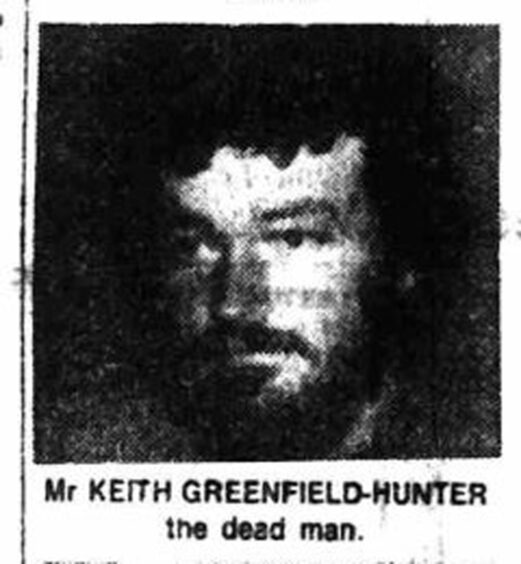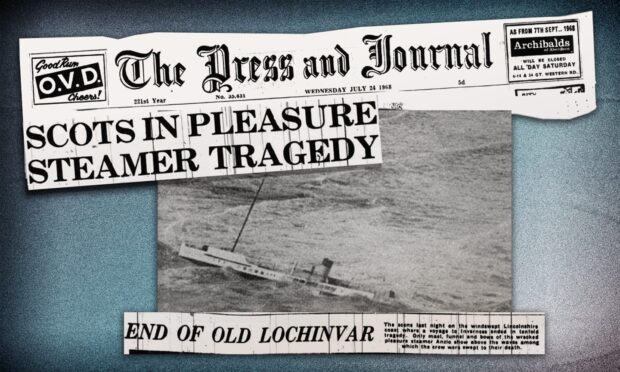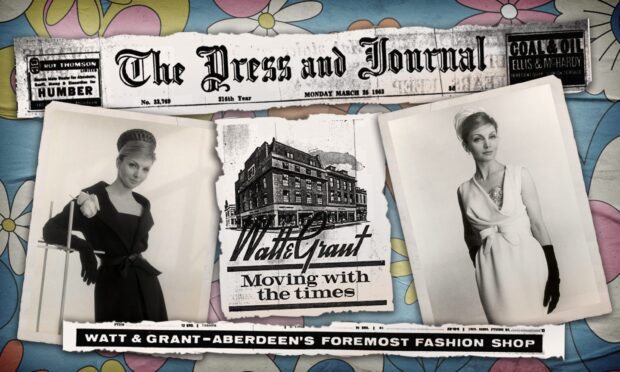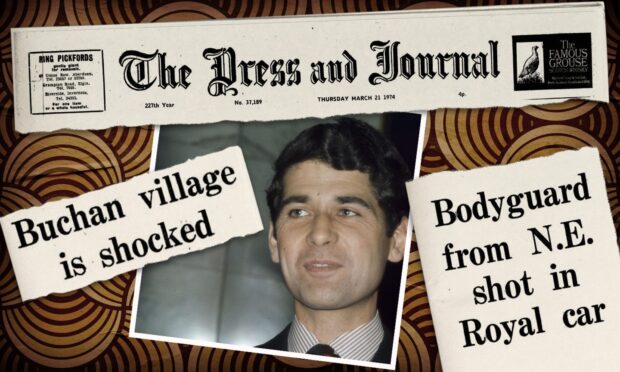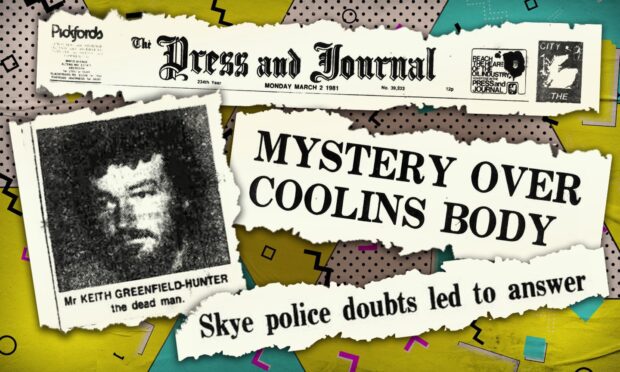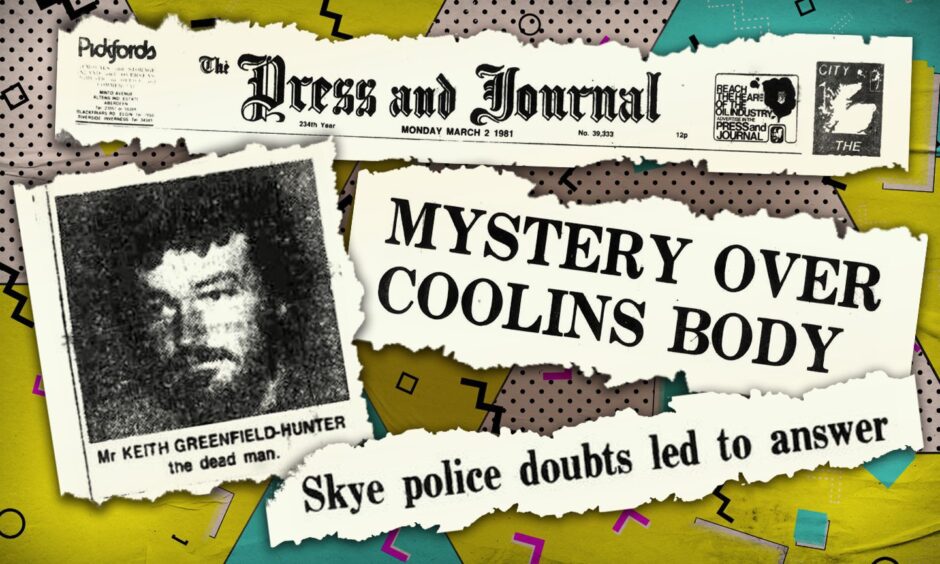
A bizarre mystery was unravelling in the Cuillins of Skye 43 years ago.
The bodies of a man and woman had been found on the Skye mountain range, and although their deaths were accidental, police had dark doubts about the identity of the man.
The woman was 26 year old Alison Wills, daughter of an Oxford physicist Dr B T Willis.
She had multiple injuries after apparently falling 500ft.
Died of exposure
The man’s body was found some 800yd from Miss Willis’ body, and he was thought to have died from exposure.
But there was something fishy about his identity.
That weekend, he had checked into a Portree guesthouse under the name of Keith Tait, with Miss Willis.
They had then moved to a remote cottage in the Cuillins for four nights, intending to go hill-walking.
It emerged that Tait and Miss Willis had both been working in youth hostels in the Keswick area, where Tait had told people his wife had been killed in a car crash.
On the morning of the tragedy, Tait had called the police, as was the custom of the time, to let them know that he and his companion were going hill-walking in a certain area of the Cuillins and would return to the cottage by nightfall.
The following day they could not be found, sparking a major search-and-rescue-operation.
The two bodies were found in a corrie some two miles from the cottage.
Doubts about his identity
Miss Willis was readily identified, but Skye police began to have doubts about Tait’s identity and started wide-ranging enquiries.
It was the lack of papers on his body which prompted them to turn to the youth hostel where he worked in Keswick to find out more about him.
The truth emerged.
His passport revealed that he was Keith Greenfield-Hunter from Tunbridge Wells, ‘the man who died twice’.
Faked own death
The 29 year old had attempted to fake his own death by emulating the TV character Reggie Perrin and leaving his clothes and car on a Dorset beach.
He was unaware that police weren’t convinced by his ploy and hadn’t closed the case.
Hampshire police told the P&J: “There were certain aspects of his disappearance with which we were not satisfied.
“We were never convinced the man was dead.”
On bail for stealing
Greenfield-Hunter was on bail from Winchester magistrates on two charges of stealing two valuable antique books when he disappeared.
He didn’t show up again until his body was found in Skye. Meanwhile he had travelled to Los Angeles, France and Israel, his passport revealed.
His body was identified beyond doubt by his widow Barbara and father Dennis Hunter in Inverness.
It emerged that while working in the Lake District as Keith Tait he had joined a Christian sect.
One of the other members was Miss Willis.
‘Chaste’
Their friend from the sect, David Cox, came forward and described Greenfield-Hunter as “a loving and lovable personality who was also an indescribably tragic figure.”
The friendship with Miss Willis was ‘chaste’ he added.
“They were friends who shared a mutual love of the mountains.”
More from our On This Day series:
